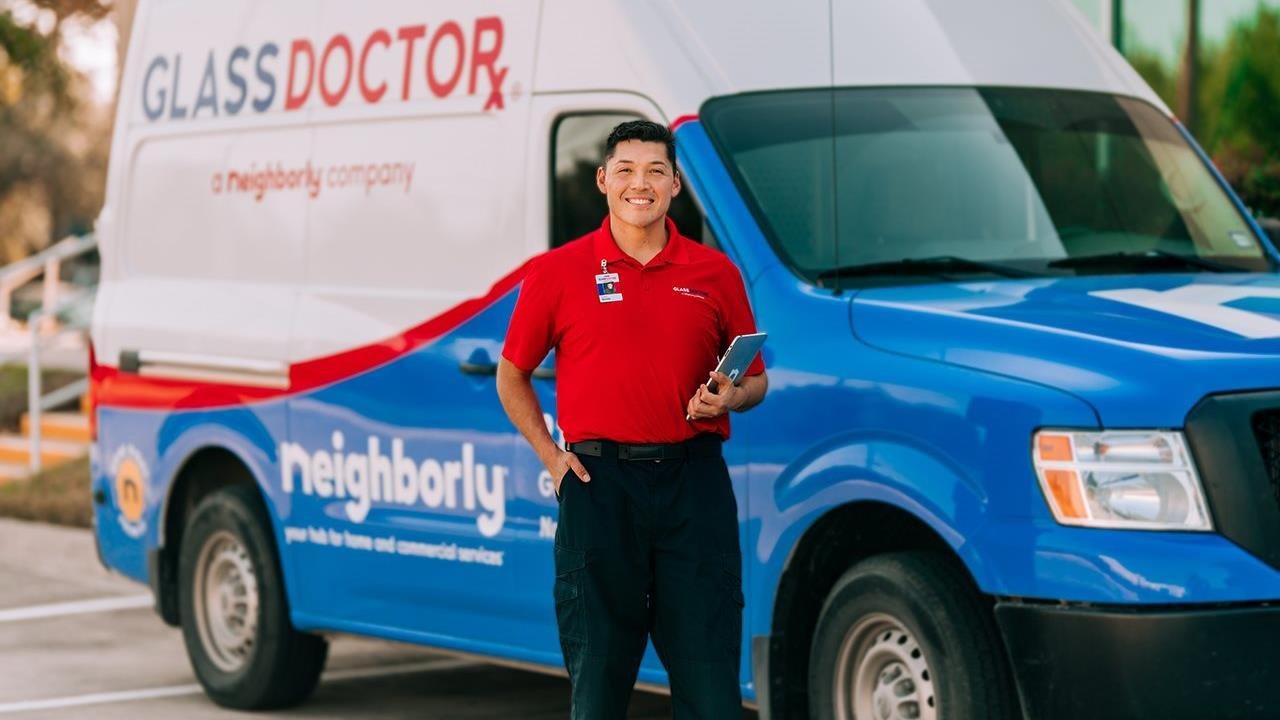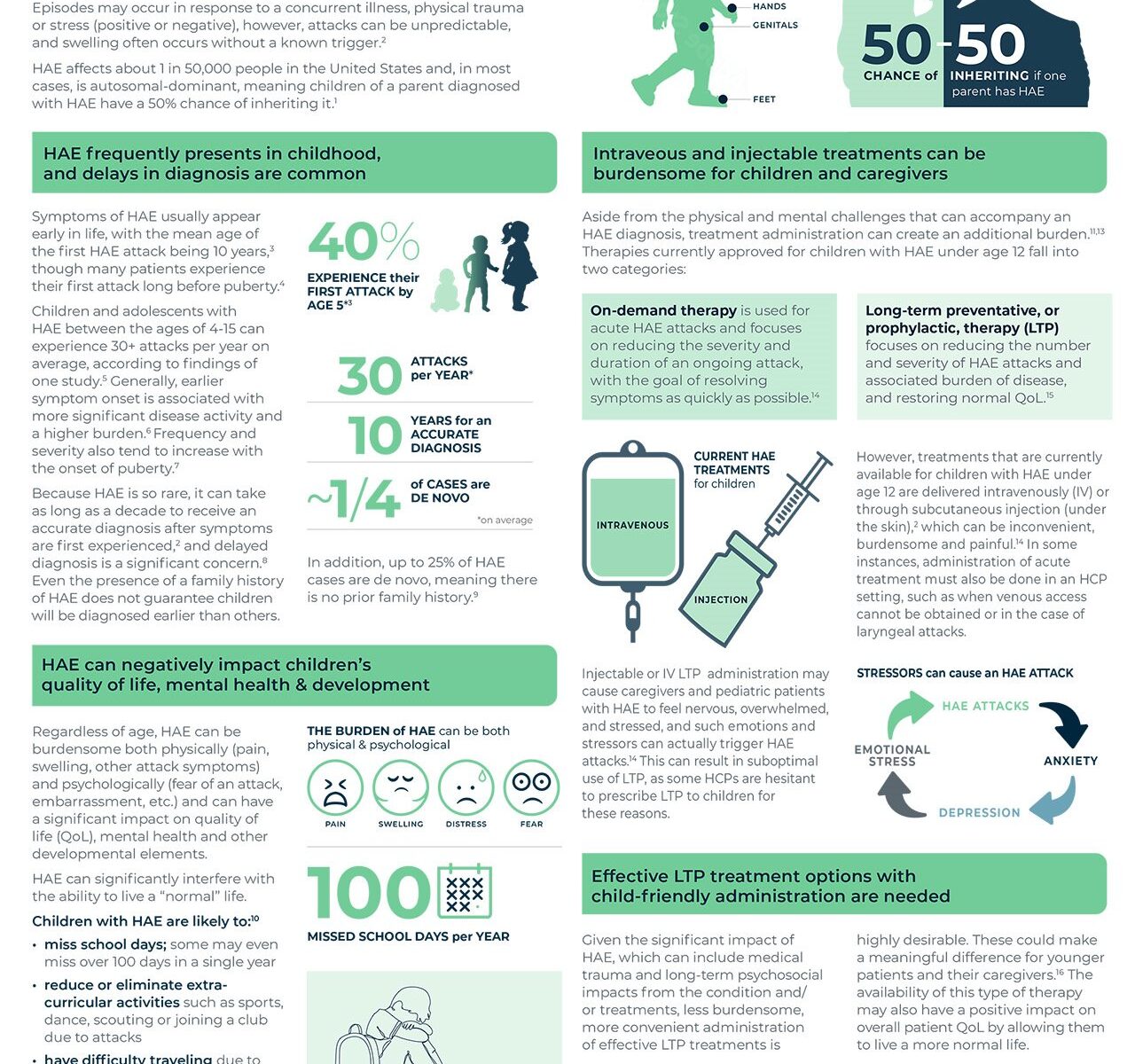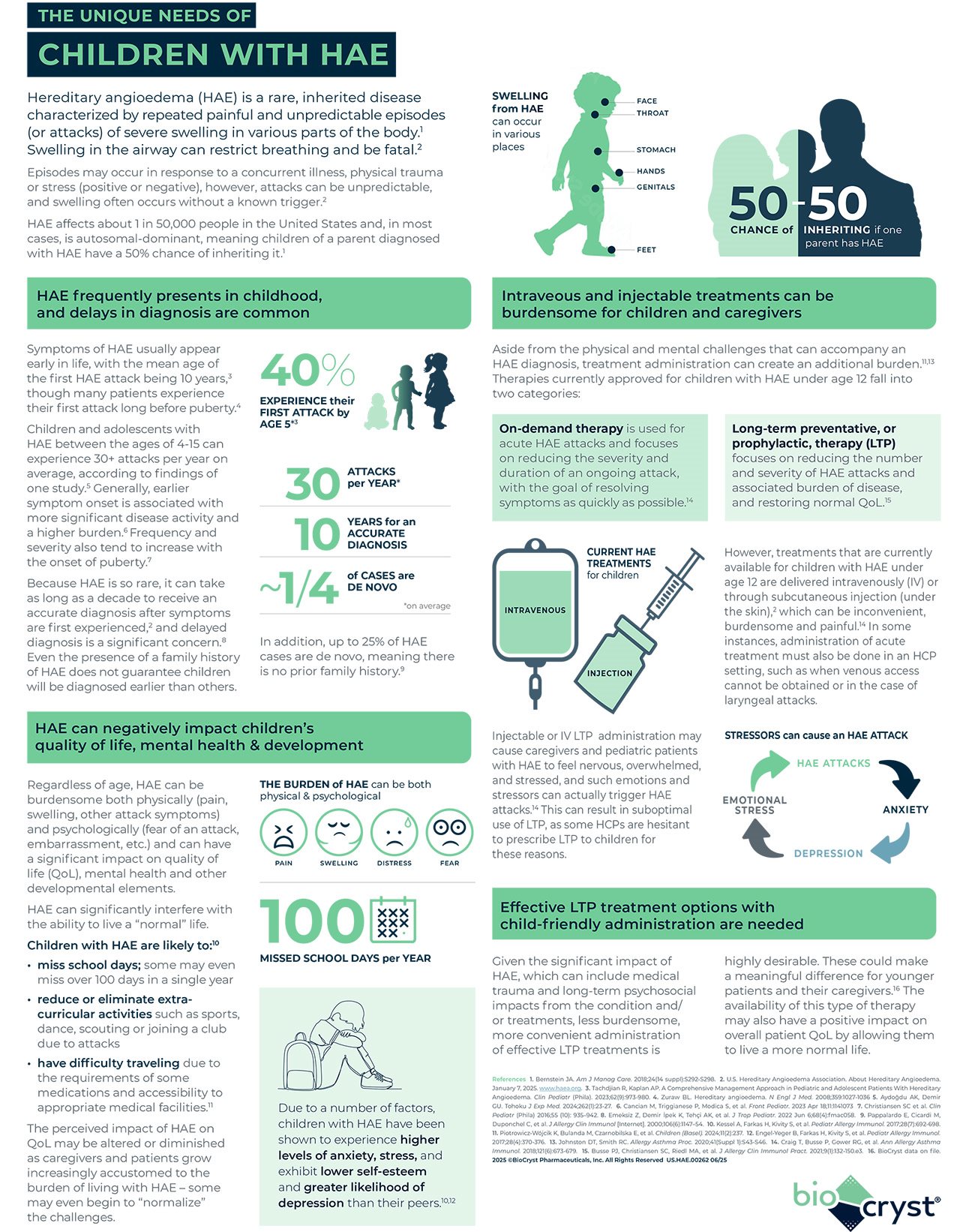2025-09-10T12:11:00
(BPT) – Finding a medication that alleviates major depression can often take months or years: try a dose, wait, adjust, wait again. And for many, antidepressants simply don’t provide lasting relief. During that time, symptoms can disrupt work, family life and even basic daily functioning.
A new, non-invasive treatment called SAINT® (Stanford Accelerated Intelligent Neuromodulation Therapy), licensed exclusively to Magnus Medical from Stanford University, is the first FDA-cleared, clinically proven therapy that provides rapid relief for people with major depressive disorder (MDD).
For those with treatment-resistant major depression — a condition impacting more than half of people with depression who don’t respond to medications and psychotherapy — that difference in timing can be lifesaving.

SAINT delivers medication-free relief almost immediately. Each day of the five-day course consists of 10 short sessions of stimulation, guided by a magnetic resonance imaging (MRI) map of the individual’s brain.
In published clinical trials with SAINT, nearly 8 out of 10 participants went into remission from their depression in as few as 2.6 days, with a majority staying well for months.
Doctors say the people who qualify for SAINT have typically tried several antidepressants without satisfactory improvement and are looking for a non-drug intervention that doesn’t require hospitalization. These are people who have suffered from life-altering depression that has long impacted their quality of life.
Brandon Bentzley, M.D., Ph.D., a psychiatrist who helped develop SAINT at Stanford, says the goal is precise, rapid relief. “SAINT therapy has already shown the ability to rapidly lift depressive symptoms without systemic side effects, offering hope for a safer, faster solution that helps people feel like themselves again.”
What makes SAINT different from other treatments is the combination of personalization, speed of treatment response and high rates of clinical remission. Before treatment starts, doctors use MRI to pinpoint the unique spot in each person’s brain for treatment, then deliver an outpatient course of brief, precisely targeted stimulation sessions, all completed within a single work week.

What do patients often report feeling after the treatment?
Doctors, including Bentzley, say many describe the quieting of racing or repetitive negative thoughts, the first solid night of sleep in months, and a “fog lifting” that makes basic tasks like showering, stepping outside, and creating a simple meal feel doable again.
For most, suicidal thoughts go away, and others report steadier mood and better focus. Families of SAINT patients commonly notice increased eye contact, conversation, and a greater interest in everyday activities soon after treatment begins.

Where do I find SAINT?
SAINT is available at leading health systems, private clinics and medical research centers nationwide. Designated a breakthrough device by the FDA, SAINT is the first mental health therapy to receive innovation support from the Centers for Medicare & Medicaid Services (CMS) through the New Technology Add-on Payment (NTAP) and New Technology Ambulatory Payment Classification (APC) programs, which have helped hospitals and clinics make it easily accessible.
Many commercial insurers approve treatment after medical review, often with prior authorization.
If standard depression treatments have not been effective for you or a family member, talk with your healthcare provider about SAINT. Providers offering SAINT therapy may be found by visiting MagnusMed.com/provider-locator.
Looking ahead
“The future of mental health is precision medicine — treatments that work quickly and effectively,” Bentzley says. “SAINT is proof we’re heading there now.”
If you are in a crisis, call or text 988 to reach the Suicide & Crisis Lifeline, or chat via 988lifeline.org.



















